I’m a longtime iPhone user who has been taking a great iPhone feature for granted for years. I get years and years of iOS updates that deliver many of Apple’s latest innovations to my aging device. The updates are available as soon as the latest iOS version is ready for public consumption; they’re reliable, and we get frequent mini-updates along the way.
Until recently, that hasn’t been the case for Android. Google’s Pixels were (and are) the only devices to get the latest Android versions as soon as Google released them. And even Pixels were only guaranteed two years of Android updates.
That all changed last year when Google began promising 7 years of Android updates for Pixel devices. A few months later, Samsung matched Google, announcing that the Galaxy S24, S24 Plus, and S24 Ultra would get 7 years of Android and security updates.
That sounds great in theory, but I think it’s illusory. It sounds great on paper, and it’s certainly a great marketing tactic, but I already have several big issues with it, and that’s even if we assume Google and Samsung’s intentions are honorable.
Apple has never promised 7 years of updates for any iPhone, but it routinely delivers around 5 years of updates. For iOS 17 in 2023, Apple stopped supporting iPhones from 2017 and earlier, including the iPhone X and iPhone 8. Those devices ran every iOS release between iOS 11 and iOS 16: Five years of updates and six different operating systems.
Put differently, do you know many people who still use the 2017 Galaxy S8? Those Samsung flagships shipped with Android 7 and got two years of updates until Android 9. You could still use these devices today, but you wouldn’t get a great experience, and I’ll explain why. The same goes for the iPhone X or iPhone 8, but at least those iPhones still run iOS 16.
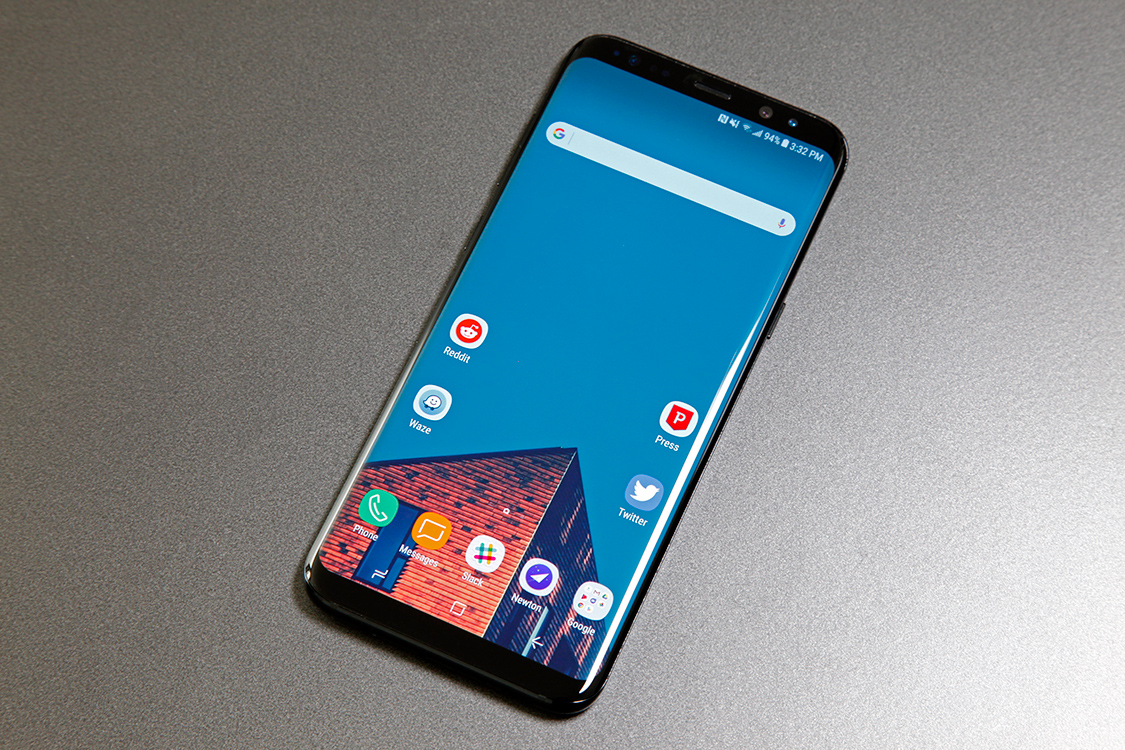
Problem #1: Money
Soon after the Pixel 8 series launched, with Google’s 7-year update promise, I explained why it might be misleading. Despite their similar hardware, Google is already differentiating software between the Pixel 8 phones. That happens now with the current Android 14 release. The differences could be even bigger in the coming years.
Moreover, future Pixel phones will pack new features that Google might make exclusive to those generations just so it can sell them. Apple does it, too, and the iPhone 15 is an example of that. Samsung will surely pursue similar plans, prioritizing future Galaxy S sales over older devices.
And I’m not talking about software features that can’t run on current hardware. I’ll get to that in a moment. For example, the iPhone 15 lets you pause charging once you hit 80%, something the iPhone 14 Pro and its similar hardware can’t do. On the Pixel 8, Zoom Enhance and Night Side Video launched as Pixel 8 Pro exclusives.
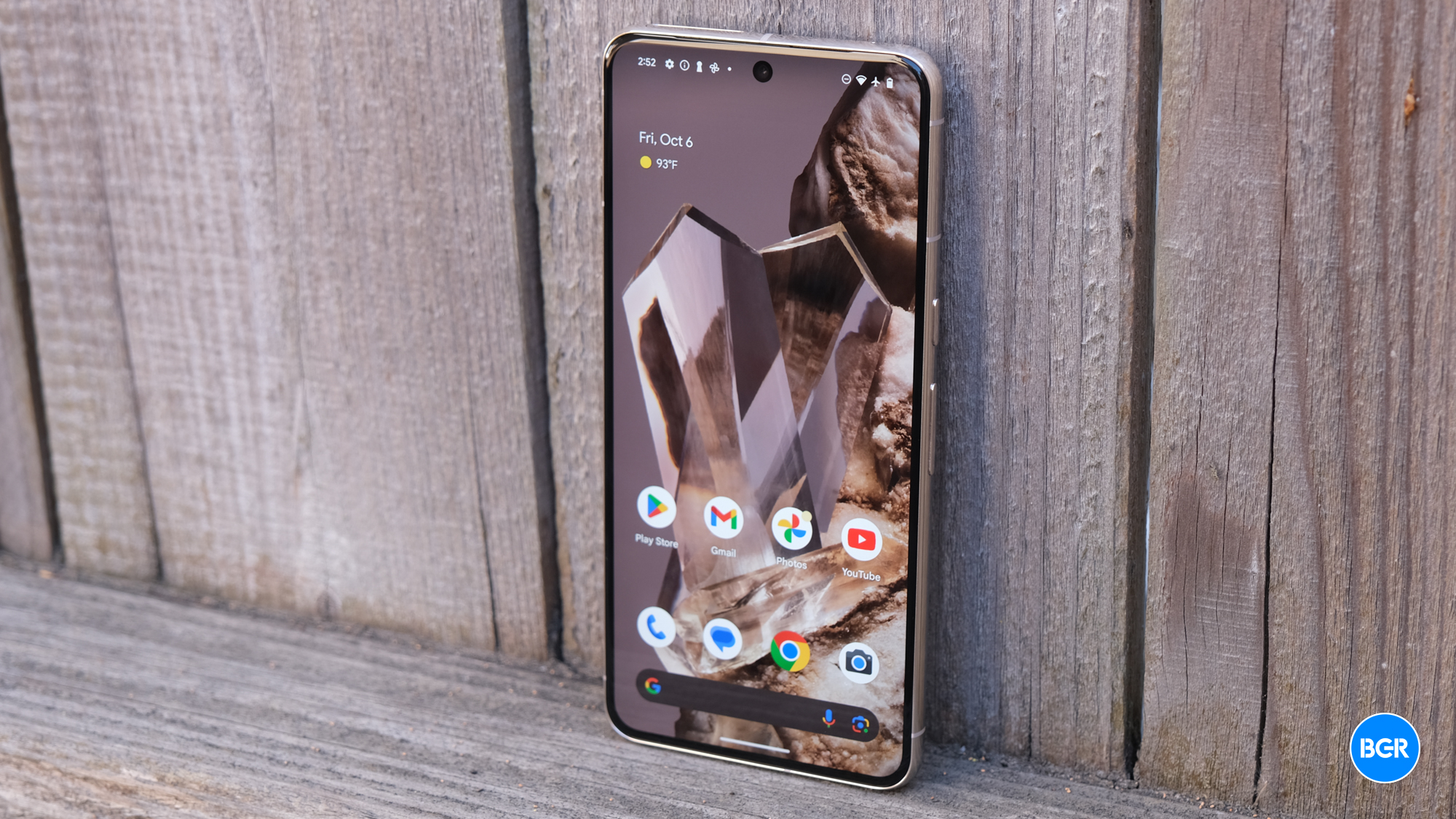
Problem #2: Chips
Back to the Galaxy S8 example, the main reason it can’t run Android 14 concerns the processor. It might have been a flagship CPU back in 2017, but it’s struggling today.
Sure, the Galaxy S24’s Snapdragon 8 Gen 3 is far more sophisticated than the Snapdragon 835. But the latter was the best of its day. On the other hand, we’ve reached a point in chip design where massive year-over-year improvements will be rarer than before.
But maybe 5 years from now, the on-phone AI features will require significant NPU resources in chips that might prioritize NPU over CPU or GPU upgrades. The point is, the chips themselves might not be good enough 7 years from now, even if they’ll be able to run a very basic version of Android 21.

Problem #3: Software experience
Since the hardware dictates what the software can do, and ignoring Samsung’s need to make money from future Galaxy S generations, the Galaxy S24 might not be that exciting in 5-7 years. It might be unable to run most of the by-then-standard Android features new phone owners would get.
That’s also why Apple stops updating iPhones after 5-6 years. The old hardware is just too old.
Unlike Apple and Google, Samsung has another problem. It doesn’t control the software. It has to wait for Google, so its Android updates are always delayed. And the newest flagships get them first. Therefore, a 5-year-old Galaxy S24 model will have plenty of time to wait for its Android 19 rollout compared to successors.
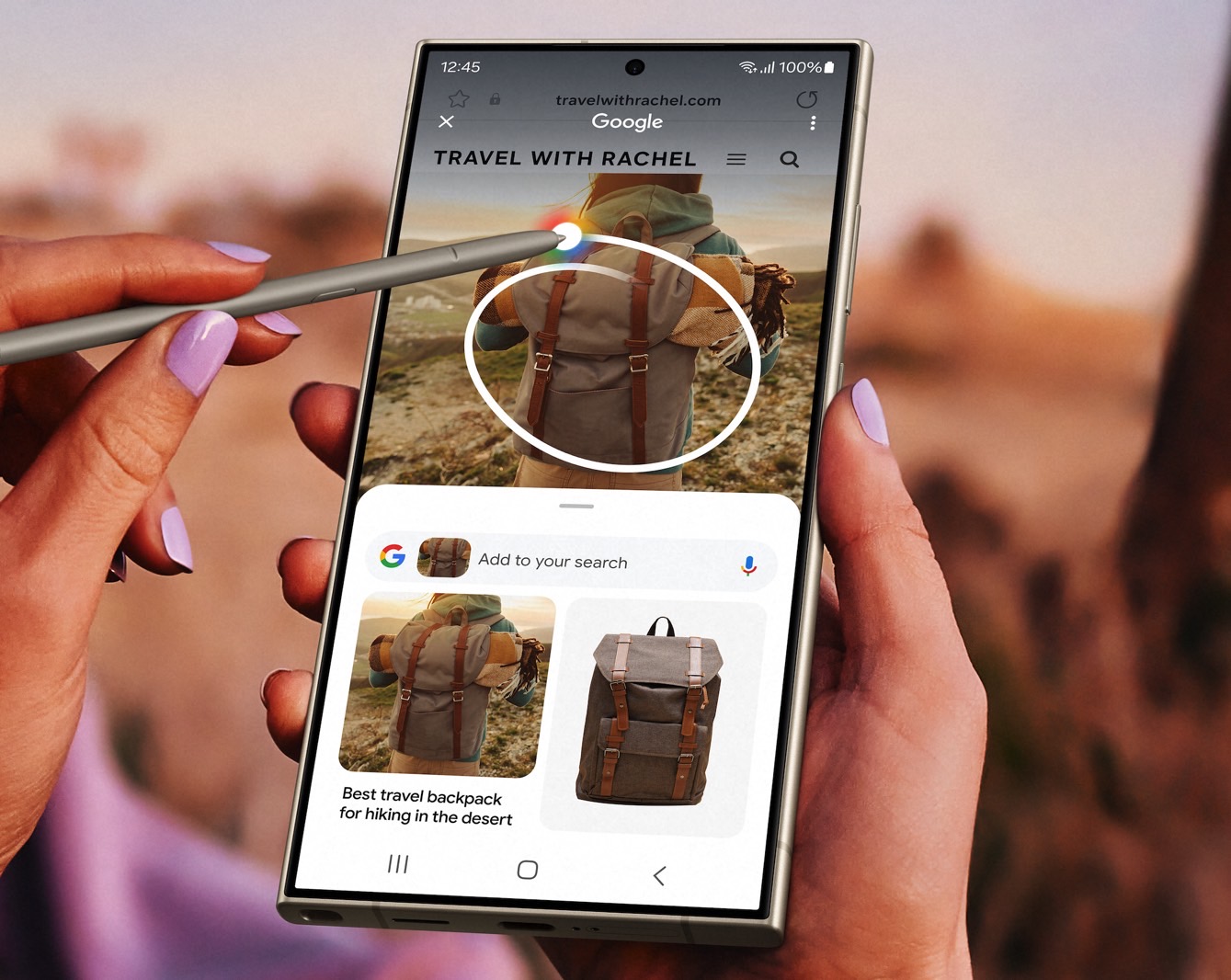
Problem #4: Battery
The Galaxy S24 phones have big battery packs, and Samsung teased great battery life during the Unpacked event. Samsung also built battery management tools into the operating system. But batteries age.
You won’t get to 2031 with your current Galaxy S24 battery. Depending on use, you’ll need to replace it at least once.
I still own an iPhone 6s, which serves various roles. It can act as a remote for casting media at home or as a mobile hotspot when I travel. I got it when it came out in 2015, passed it to my dad in 2017, and then got it back two years ago. I replaced the battery twice. Trust me, once battery health drops significantly, you’ll go crazy.
I also replaced the iPhone X’s battery before I passed it on to someone once I upgraded to the iPhone 14 Pro.
So, if you want to keep the Galaxy S24 for more than 4 years, expect at least a battery replacement, which comes with costs.
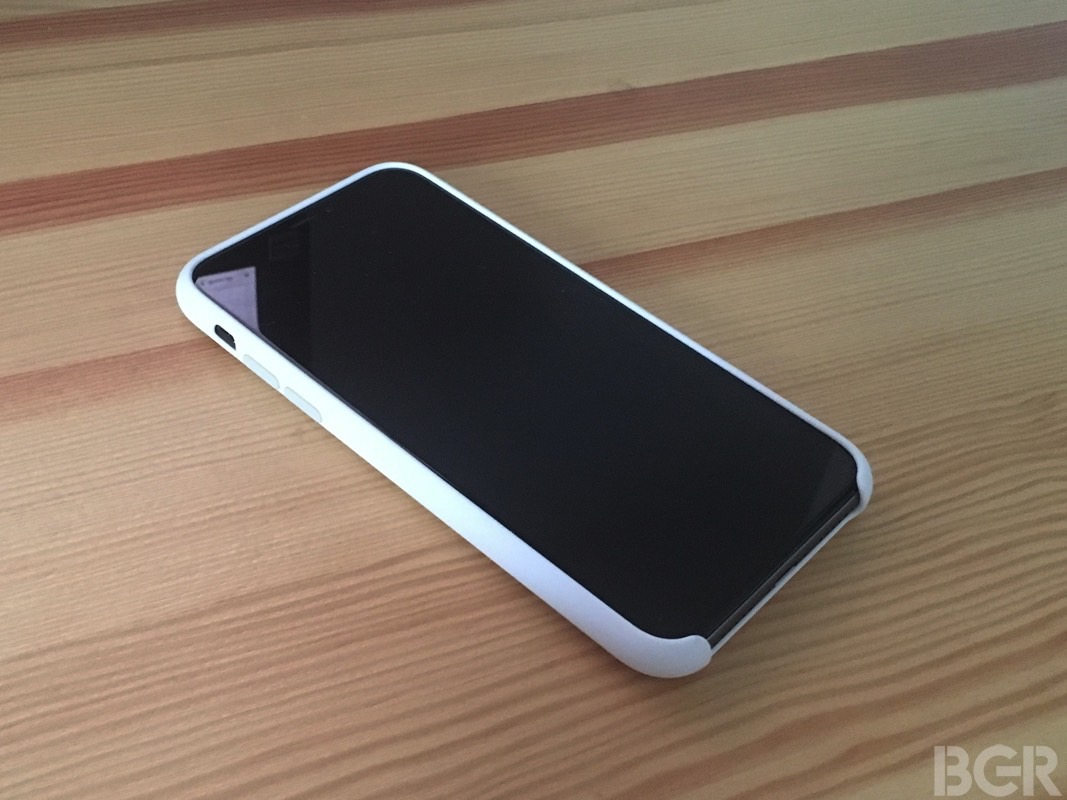
Problem #5: Durability
The Galaxy S24 Ultra has a flat screen, which means there are no curved edges to worry about when it drops. It also features a titanium frame, which should be very durable. And then there’s the brand new Corning Gorilla Armor that’s more scratch- and drop-resistant than before.
Add IP68 water and dust resistance and the Ultra One tough cookie to crack.
The Galaxy S24 phones should be pretty durable too, despite rocking aluminum frames and different Corning Glass.
Also, you’ll probably buy cases and screen protectors to safeguard the integrity of your new Galaxy S24 flavor. But can you do it for 7 years?
Even if the enclosure and glass front and back panels survive, other internal components might be damaged along the way. If that happens, you’ll need to pay for repairs. Speakers, ports, microphones, buttons, and internal parts — they can all get damaged.
That’s another round of money spent on an aging device on top of the battery replacement. You’ll still buy the parts even if you do the repairs yourself. You might as well upgrade your phone and recycle the old model.
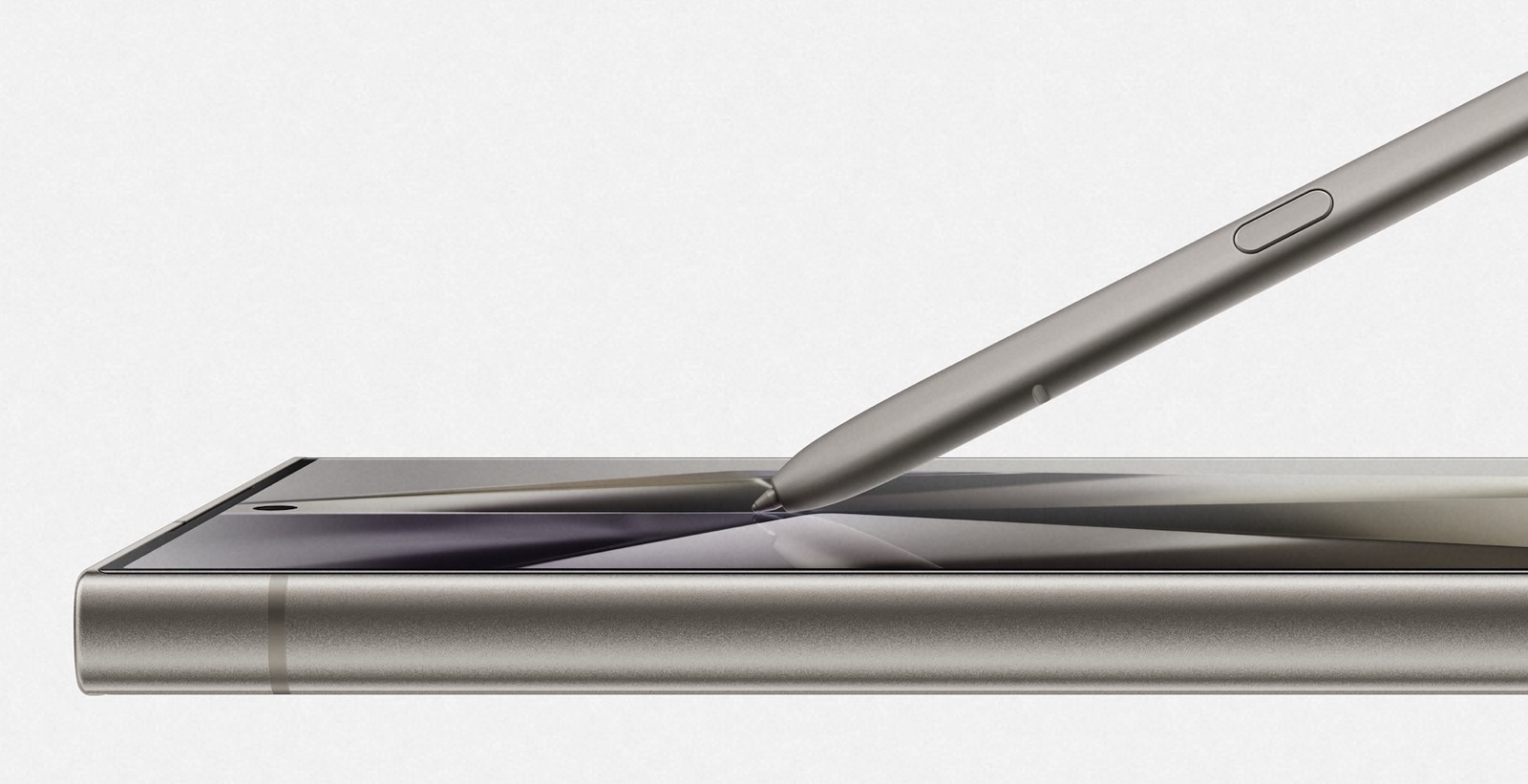
How it could happen
I’m not saying Samsung can’t make it happen or that it’s just a marketing gimmick. It’s a great initiative that can help advance any company’s environmental agenda. You don’t need a new smartphone every year. Phones released in the past few years will easily last for 3 or 4 years. But 7 years might be pushing it. It might be too difficult to offer that much support even for Apple.
Then again, maybe the vendors know something we don’t. Maybe there won’t be major chip innovations in the near future. Maybe 2024 processors will still run well in 2031.
The same goes for software. The dawn of AI might change the way we use smartphones. If all the best AI features need the cloud for processing, the phone hardware won’t matter. Neither will the underlying operating system. This could make software updates less important. Maybe Android 21 will look and feel a lot like Android 14.
The battery and component durability problems remain. But if the premises above are accurate, repairs would be worth it.
With all that in mind, we’ll revisit this topic in 3 or 4 years. By then, we’ll be able to judge the 7-year software update promises better.
Meanwhile, Galaxy S24 preorders are open, and the phones will ship to your door by January 31st.








